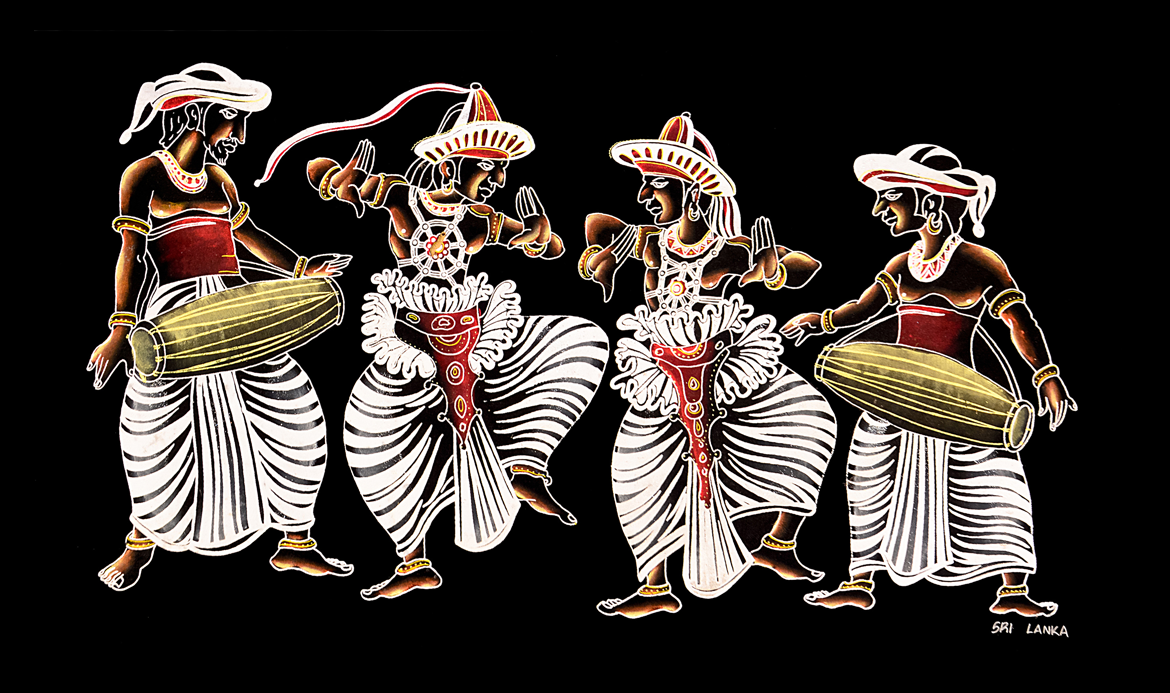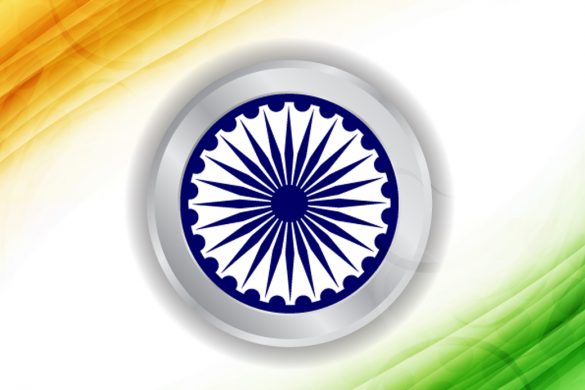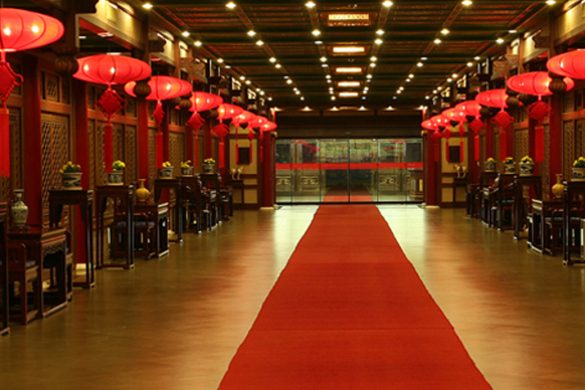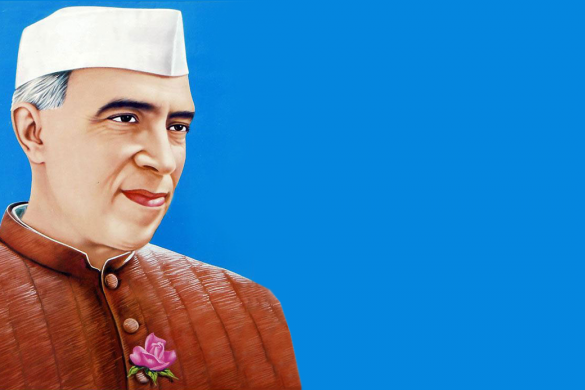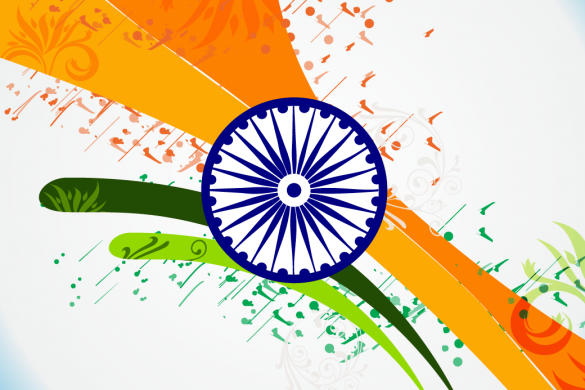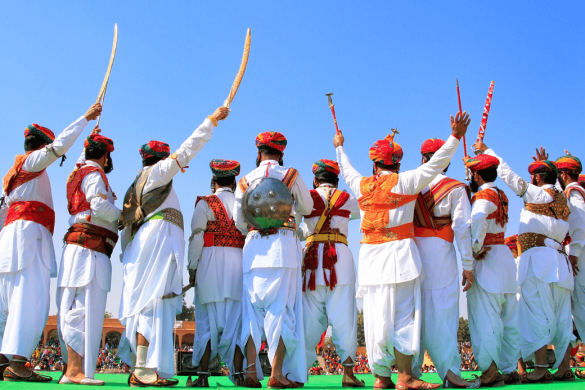The people of Sri Lanka are gearing up for what is one of the most important festivals in their culture: Esala Perahera. The festival is celebrated from August 8th to 18th and the revelries and rituals span across all 10 days. The term Perahera is Sinhalese in origin and means a parade of musicians, dancers, singers and acrobats, while Esala seems to be the fusion of two different but interconnected processions. The purpose of the Esala Perahera, celebrated in Kandy, is to pray for the blessings of the gods to obtain rain for cultivation and dates back to the 3rd century BC. The Dalada Perahera, on the other hand, is thought to have begun in the 4th century CE when the tooth of Buddha was brought over to Sri Lanka.
Some legends state that around 1700 years ago, someone stole a single tooth from Buddha’s funeral pyre and escaped with it. This tooth was smuggled into Sri Lanka and when the reigning Kandyan kingdom fell to the British in 1815, the relic was handed over to the Buddhist clergy. While others state that the tooth was brought into the state with due pomp and ceremony by Princess Hemamala and Prince Dantaha.
Today, the tooth relic is kept in Sri Lanka’s most sacred temple, Dalada Maligawa (Temple of the Tooth). The festival honours the Sacred Tooth Relic and also the four guardian gods: Vishnu, Kataragama, Natha and the Goddess Pattini in the Kandy Perahera. By 8 at night, the Maligawa Perahera, which is the procession of the Sacred Temple of the Tooth, takes the lead and is joined by the other four processions honouring the four Hindu gods and goddesses.
The festival kicks off with the ritual of replanting a sanctified jackfruit tree in a ceremony called ‘Kap Situweema.’ There’s a parade for every night of the festival, so that is 10 parades in all. The Kumbal Perahera, which goes on for the first five nights, is shown to infants and babies as it is said to drive away evil spirits. The Randoli Perahera takes place in the latter half of the ten days and is bigger and grander. In the days of the kings and queens, royalty would take part in the Randoli Perahera themselves.
Even though the procession does, at times, last for longer than anticipated, the finale is when the carriage, called the Maligawa Tusker, carrying a replica of Buddha’s tooth arrives.
When the procession commences, the first participants one sees are the whip crackers standing for thunder and lightning. To indicate the fact that the rituals are Buddhist, the youth are clad in white cloth and carry Buddhist flags. According to tradition, flags of various provinces are also carried in the procession making for a very colourful scenario as each province has its own insignia and colours.
The procession further includes drummers, trumpet blowers and fire ball dancers. All the participants are clad in the brightest, most vivid clothes and look incredible but the star attraction are the elephants, clad in resplendent fineries, replete with jewels, brightly lit caparisons and more.
The festival is touted to be the most visually appealing and enthralling festivals of the world, so be sure to plan a visit and experience it in person!
